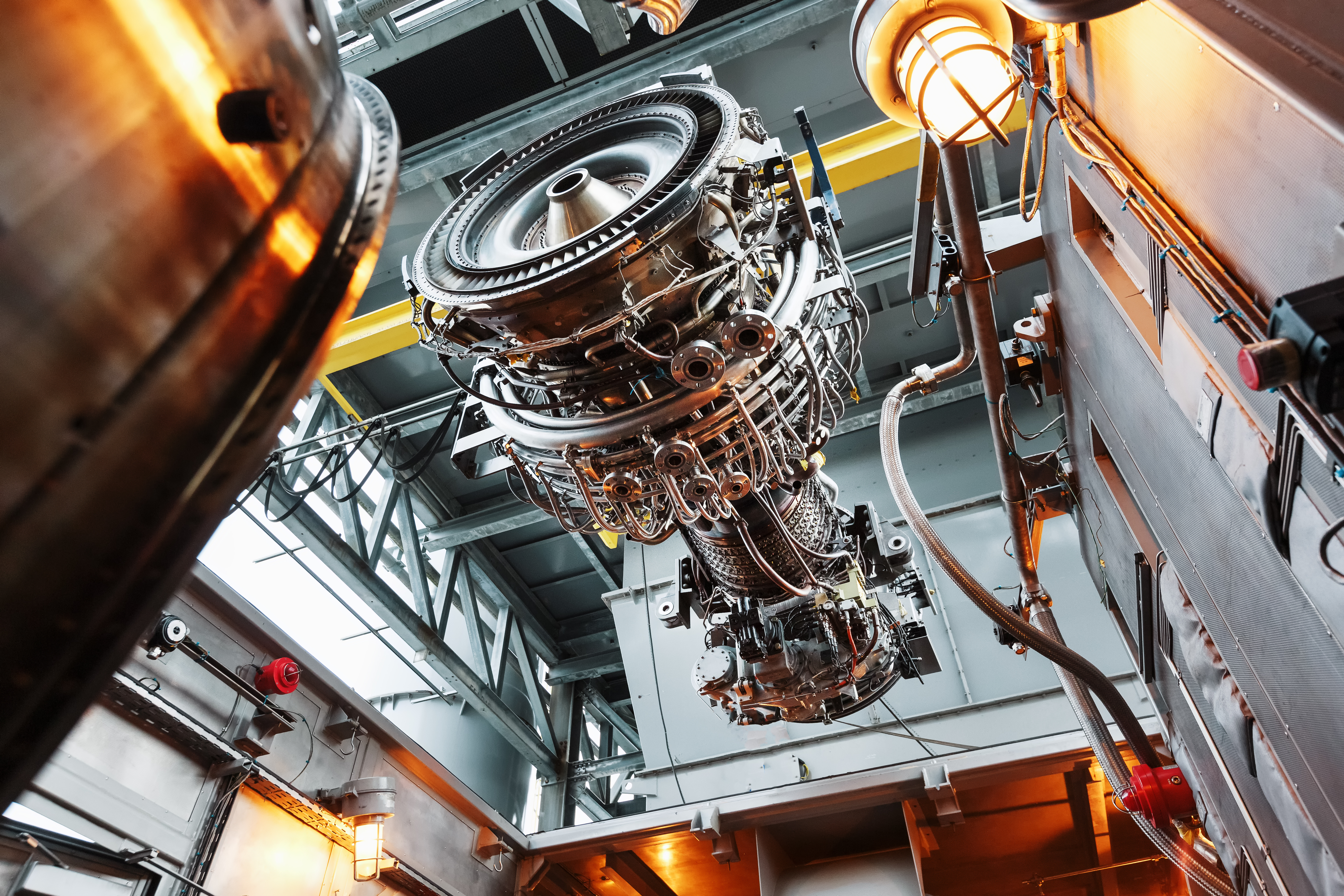Continental Controls Corporation (CCC) tackles the challenges posed by rising natural gas demand, increased costs, and stringent exhaust emission standards. CCC presents the ECV5 emissions control valve and VM-350 mixing venturi as solutions to amplify engine power while upholding fuel efficiency and compliance with emissions regulations.
The ECV5 stands as a computerized valve meticulously regulating fuel pressure for delivery to the mixing venturi or carburetor mixing bowl. It arrives with an installation kit that encompasses an O2 sensor and thermocouples for monitoring, in addition to a display unit. When employed alongside the VM-350 mixing venturi and a three-way catalytic converter, engine emissions are minimized.
The VM-350 mixing venturi supersedes carburetors or mixing bowls, ensuring meticulous air-fuel mixture control and the potential measurement of air flow to the engine. When paired with the ECV5, the VM-350 effectively replaces carburetors and pressure regulators on both rich-burn and lean-burn engines, leading to heightened efficiency and diminished emissions.
Contrasted with conventional systems, CCC's ECV5 and VM-350 approach delivers a more efficient method to manage fuel delivery by maintaining continual control over the engine's fuel supply. This contrasts with bypass control systems or restrictor valve systems, which possess limited performance capability due to their narrow operational range.
The integrated ECV5 and VM-350 system is exemplified through a case involving ConocoPhillips Pipe Line Co., where engines underwent upgrades to achieve proper engine operation, enhanced horsepower, and adherence to emissions regulations. The system's capacity to uphold fuel pressure across diverse conditions contributes to heightened performance and efficiency across various applications. The integrated ECV5 and VM350 is exemplified through a case involving ConocoPhillips Pipe Line co,. where engines underwent upgrades to achieve proper engine operation, enhanced horsepower and adherence to emissions regulations.

